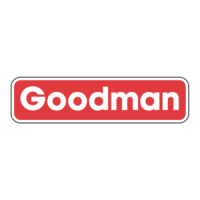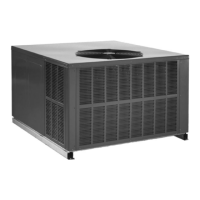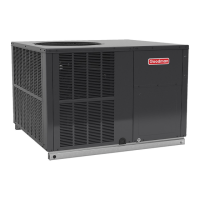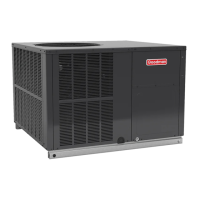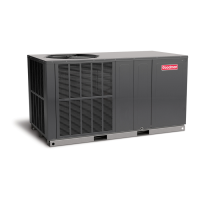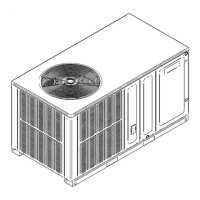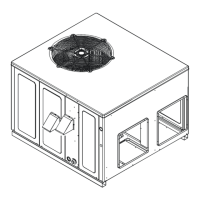20
At the start of each heating season, inspect and, if neces-
1.
2. Remove burner assembly by disconnecting the gas
line and removing the manifold bracket from the par-
tition panel.
3.
collector box cover from the partition panel.
4. The primary heat exchanger tubes can be cleaned
using a round wire brush attached to a length of high
grade stainless steel cable, such as drain cleanout ca-
ble. Attach a variable speed reversible drill to the other
end of the spring cable. Slowly rotate the cable with the
drill and insert it into one of the primary heat exchanger
tubes. While reversing the drill, work the cable in and
large cable for the large tube, and then repeat the op-
eration with a small cable for the smaller tube. Repeat
for each tube.
5. When all heat exchanger tubes have been cleaned, re-
place the parts in the reverse order in which they were
removed.
6. To reduce the chances of repeated fouling of the heat
exchanger, perform the steps listed in “Startup, Adjust-
ments, and Checks”.
-
At least once a year, prior to or during the heating season,
This will involve removing and reinstalling the heat
exchanger door on the unit, which is held by two screws.
If you are uncertain about your ability to do this, contact a
within the unit enough that an inspection of the burner
Check the
Burner Flames for:
1. Stable, soft and blue.
2. Not curling, floating
or lifting off.
AVI PA I A I V
IAPW I AGIGP AP
W
1.
2. Remove the screws securing the manifold to the burn-
er retention bracket. Remove the manifold and rotate
each burner counterclockwise to remove.
3. Remove the burners.
4. Use a bottle brush to clean burner insert and inside of
the burners.
5. Replace burners and manifold, inspect the burner as-
sembly for proper seating of burners in retention slots.
6. Reconnect electrical power and gas supply.
For further information on the yearly inspection, consult the
inspect and service the unit at least once each year.
Turn the unit on at the thermostat. Wait a few minutes, since
Flames should be predominantly blue and directed into the
tubes. They should not be yellow. They should extend direct-
ly outward from the burner ports without curling downward,
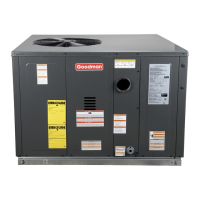
